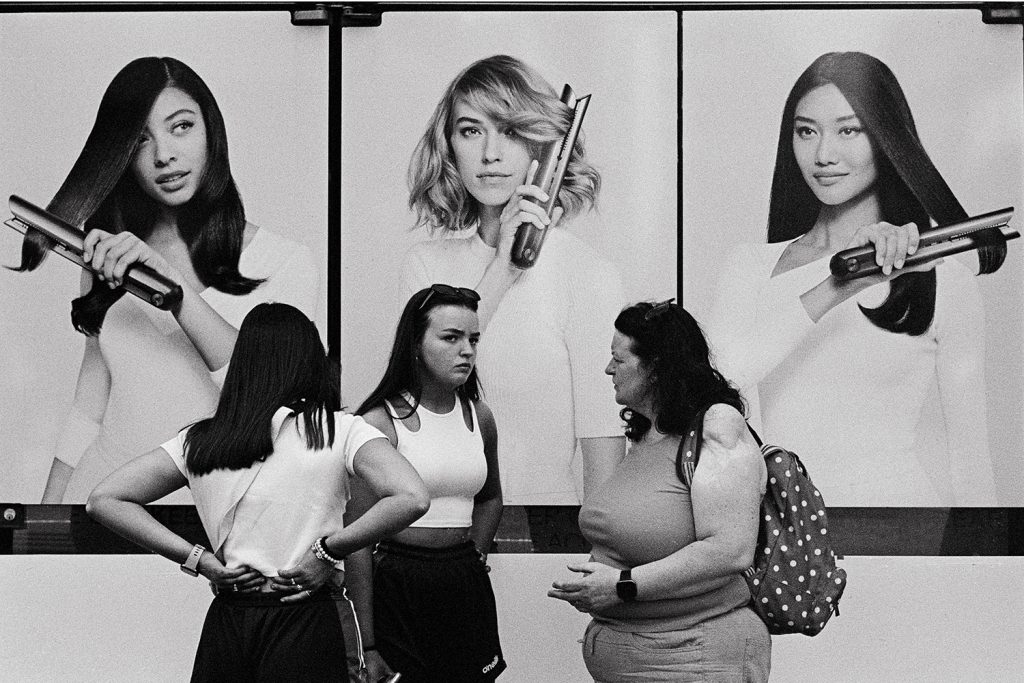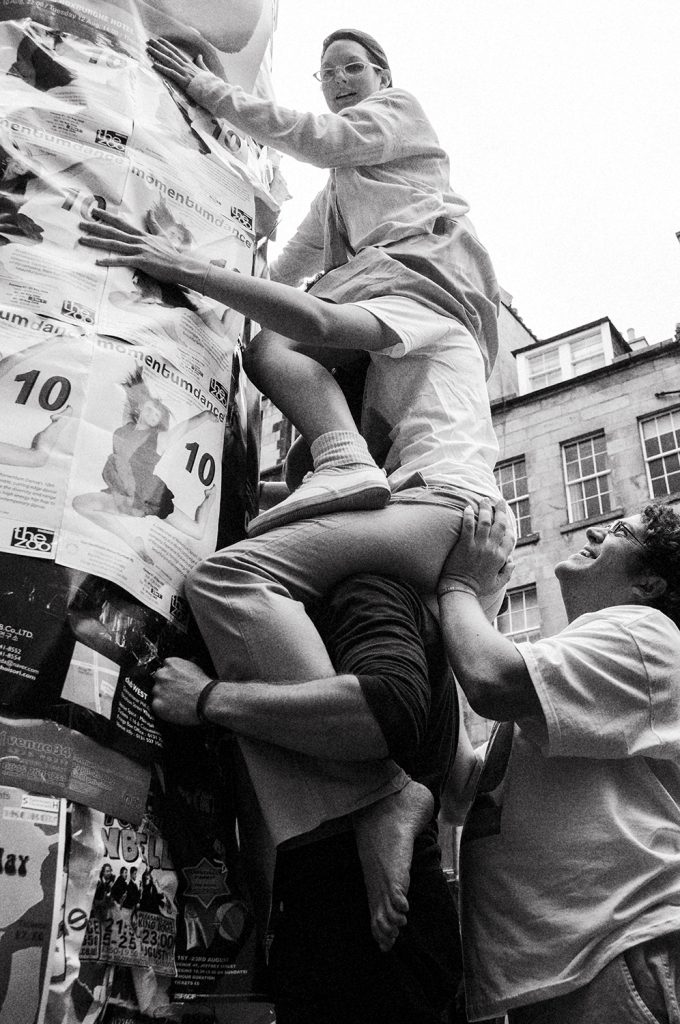
Street photography can be a fickle pursuit. Some days on the street are so natural as to suggest the photographer was literally born to do nothing but make photographs. On other days it can bury a feeling of inadequacy so deep, it’s hard to remember the successes.
Just this weekend, I experienced both. On Friday, I spent several fruitful hours in Warsaw’s old town, returning home tired but satisfied. Two days later, on Sunday, again, several hours in the city, this time with barely a shutter released in anger. Two days apart, two very different experiences.
It is important, nevertheless, to remember that good days are only possible because bad days happen. Even the greats are open about their barren spells.
At times, it may be the frame of mind isn’t quite right. One may be distracted and not quite tuned in to what’s going on around. On the other hand, there are occasions when everything in front of the lens is unremarkable, or, at the very least, something seen in a thousand other street photographs. Either way, I have found that a lack of inspiration quickly breeds a lack of confidence that further chips away at the inspiration.
In those moments, it can be useful, and sometimes fun, to force the issue. There are many ways to do this, but one is the photographic equivalent of the bleep test.
The Bleep Test
I’m sure most readers will have experienced the bleep test in Physical Education class at school – though you may know it under another name. It’s an aerobic fitness test and involves continuous running between 2 lines 20 metres apart, in the ever-decreasing duration between the dreaded sound of recorded beeps. It was a common feature of the school football team training and I despised it. Though I wasn’t bad at it, I was decidedly average.

The Street Photography Bleep Test
In situations where inspiration, motivation, or vision is lacking, it can help to add a little artificial pressure to refocus and concentrate. I have no memory of who suggested a photographic adaptation of the bleep test, but I had not been photographing long. It has always stuck with me as a way to jumpstart my brain when not having a good day.
The suggestion, of course, is not to get the heart racing by sprinting between two points with increasing speed. Instead, the idea is to make a chosen number of photographs in a progressively shorter timeframe. The number of photographs and the timeframes are of course the photographer’s choice, however, the photos should be deliberate and considered, not random snapshots to satisfy the goal.
For example, shoot 10 photographs in 30 minutes. Next, 10 in 20. Then 10 in 10. Finish with 10 in 5 minutes, or go all the way down from 5 minutes, 4 minutes, 3 minutes, 2 minutes, to 1 minute and 10 photographs.
Another example may be to shoot a roll of film in 2 hours. Then another in 1 hour. If photographing digitally, shoot virtual rolls of 36 photos in the timeframe.
The object is not to snap photographs haphazardly to meet the goal by the timeframe, but instead to snap out of a temporary malaise by forcing an arbitrary timeframe and in doing so, compelling a renewed sense of focus and attention to what’s going on around the camera.
The next time there is an overwhelming temptation to give up and go home; before you do, give this a try instead.